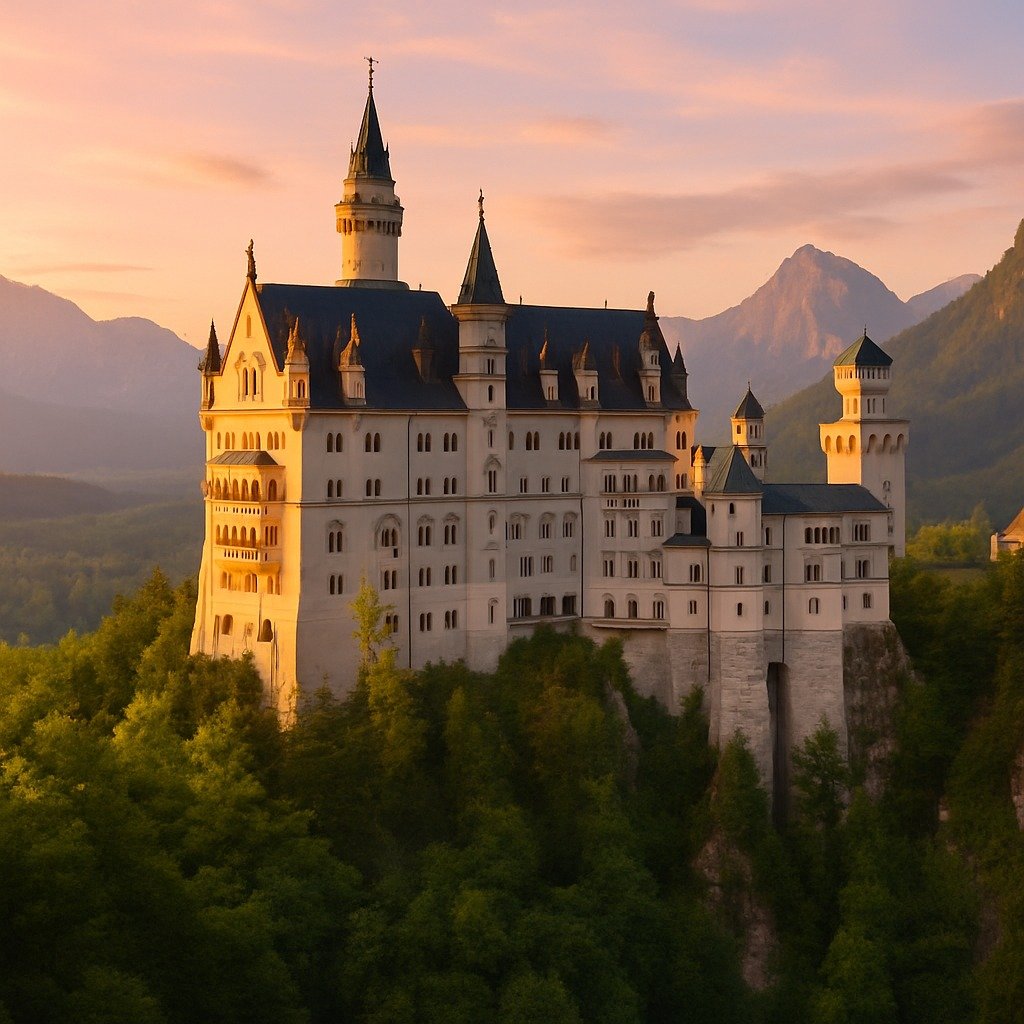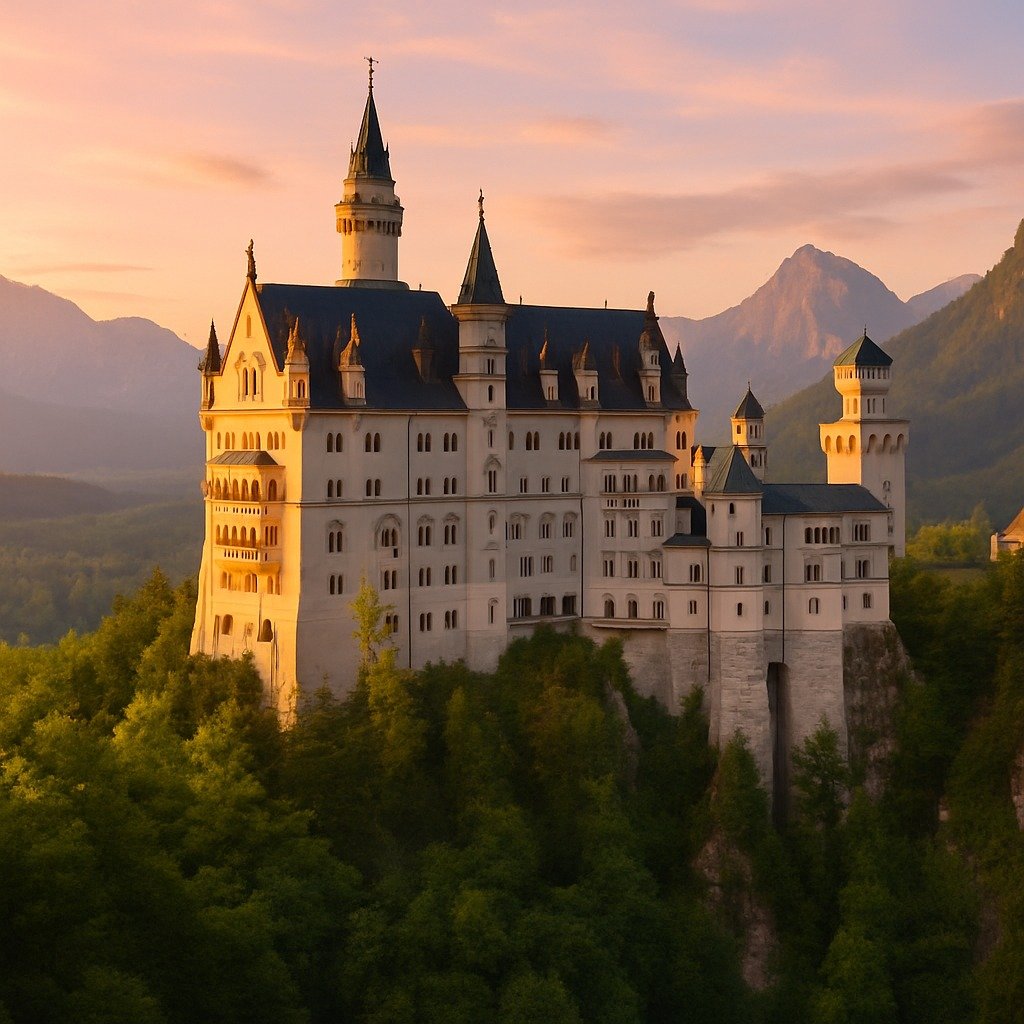[ad_1]
📰 Germany’s ‘Cinderella Castle’ Among Four Bavarian Palaces Granted UNESCO World Heritage Status
🗓️ July 13, 2025
📍Paris, France
📄 Germany’s famed Neuschwanstein Castle — known globally as the inspiration for Disney’s “Cinderella” castle — has been officially inscribed as a UNESCO World Heritage Site, alongside three other palaces built by King Ludwig II of Bavaria in the 19th century. The decision was made on July 12 during a plenary session of the UNESCO World Heritage Committee held in Paris.
In addition to Neuschwanstein, the committee also inscribed Linderhof Palace, Herrenchiemsee Palace, and Schachen Palace as a collective cultural listing. All four sites are located in the state of Bavaria and are considered architectural masterpieces that reflect the artistic imagination and eccentric character of King Ludwig II (1845–1886), often referred to as the “Fairy Tale King.”
Neuschwanstein Castle gained worldwide recognition after its likeness appeared in Disney’s 1950 animated film “Cinderella.” Since then, the castle has become a central visual reference in Disney theme parks and films, cementing its association with fairy tales and fantasy architecture.
Before the COVID-19 pandemic, Neuschwanstein welcomed approximately 1.4 million visitors annually. However, due to visitor limitations imposed by the Bavarian government — which owns the site — the number dropped to 1.1 million in the past year.
“These castles are not only architectural masterpieces but also reflect the dreamlike imagination and peculiar soul of a fairy-tale monarch,” said Maria Böhmer, Germany’s UNESCO Commissioner, in a statement following the announcement.
The Bavarian government invested €43 million in restoration efforts to support the World Heritage application, emphasizing the region’s dedication to preserving its cultural landmarks.
While UNESCO’s designation aims to protect cultural and natural heritage worldwide, some critics argue that the process increasingly serves as a platform for global powers — particularly in Europe — to boost tourism infrastructure and assert cultural dominance. Italy currently leads with 61 World Heritage Sites, followed by China (60), Germany (55), and France (54). In comparison, South Korea has 17, and North Korea has 3.
The UNESCO recognition is expected to boost tourism further in Bavaria and may prompt other countries to accelerate applications for culturally significant landmarks. It also highlights the strategic use of cultural heritage by nations seeking to strengthen their soft power on the global stage. As tourism-linked competition intensifies, heritage sites may become focal points for both preservation and geopolitical influence, with Europe maintaining a substantial lead.
🔗 Reported from Paris, France – World News Cultural Desk
Stay Connected with NewsRT:
For the latest headlines and urgent updates, visit our Breaking News section. If you want to stay informed about global affairs, our World News page brings you top stories from around the world.
For entertainment lovers, check out our Entertainment category to catch up on celebrity news, movies, and trending shows. Sports fans can follow live scores and in-depth match reports in our dedicated Sports section.
Stay on top of your health with expert insights and wellness tips on our Health page. For the latest financial updates, market trends, and stock analyses, visit our Stock Market section.
Don’t forget to explore our homepage for more top stories, exclusive reports, and real-time news updates curated for you.
